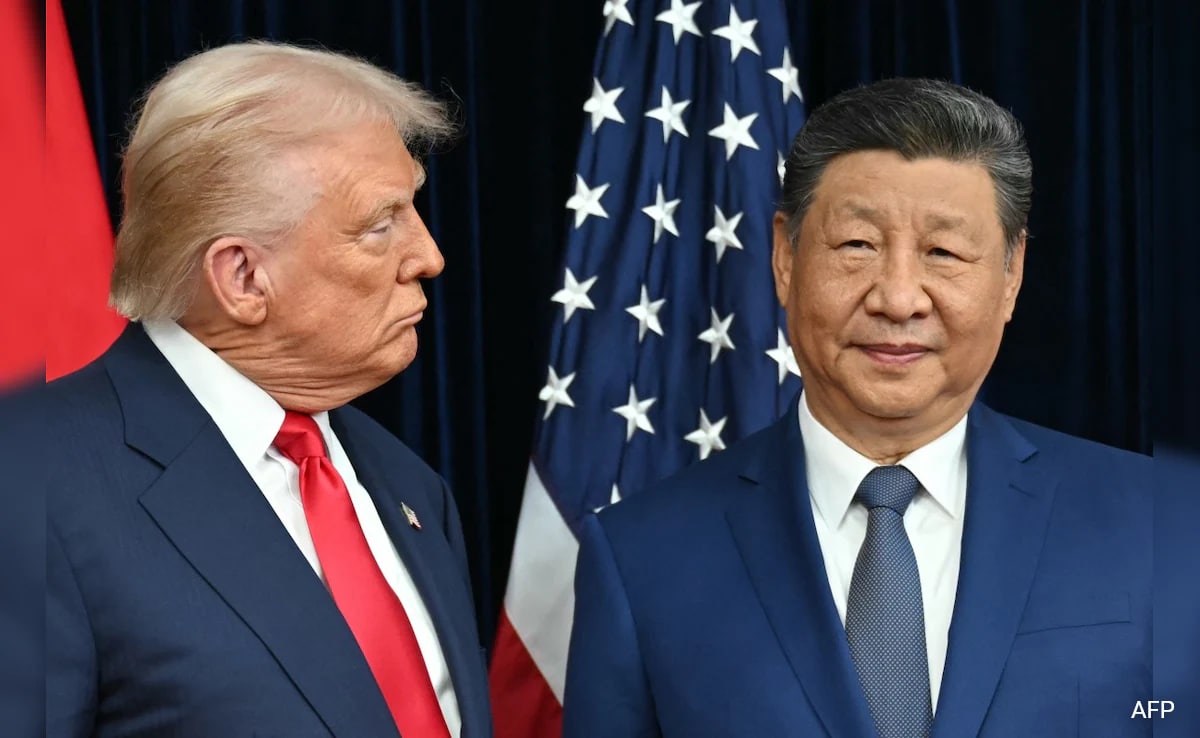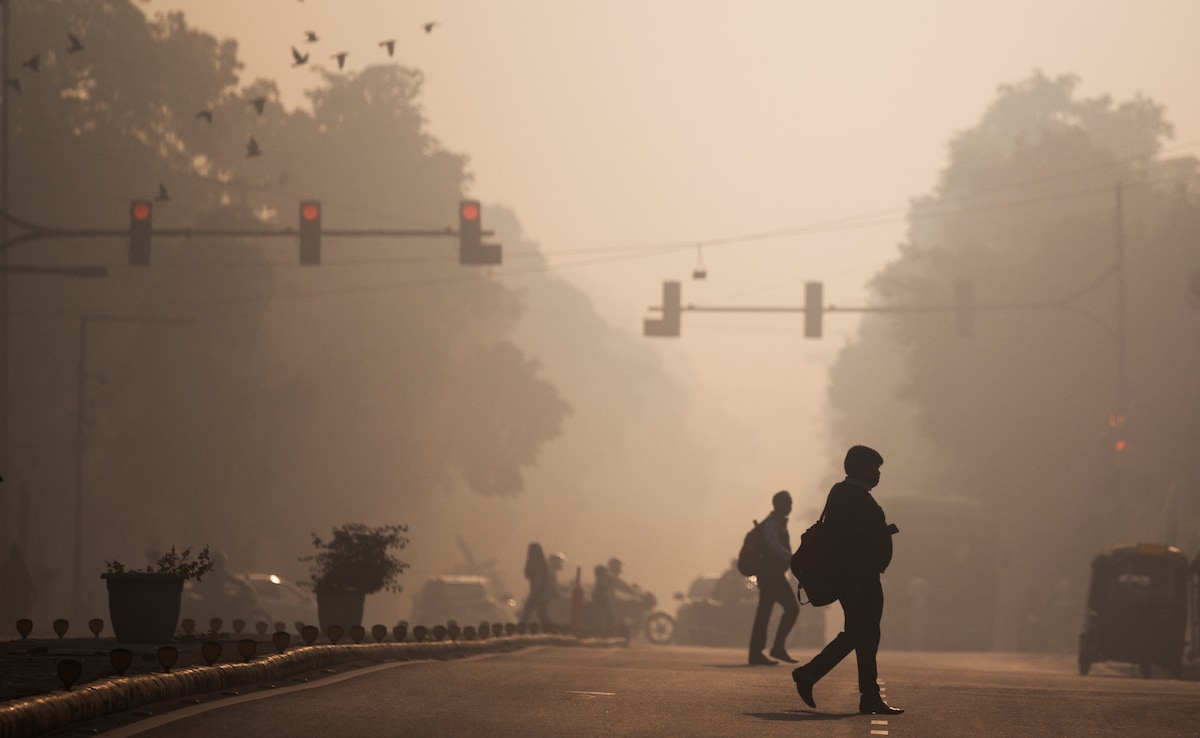More recently, as Hungarian democracy has continued to erode â its media stifled, its courts instrumentalized â and after Orban won reelection with a campaign that included anti-Semitic tropes, Francis warned repeatedly of nationalism, and said some of the speeches he was hearing in Europe resembled âHitler in 1934.â
And so a brief trip by the pope to Hungary on Sunday has taken on more significance than its seven hours would otherwise suggest â and has attracted more attention than his subsequent stop in Slovakia, where he will spend three nights and visit four towns and cities.
The most immediate question is how directly the pope will address Orban, a Francis opposite who has styled himself â with great political success â as a defender of Europeâs Christian identity.
âOne of my ways is not to go around with a script,â Francis said in a recent interview with a Spanish-language radio network. âWhen I am in front of a person, I look him in the eyes and let things come out.â
Francis, in that interview, purported not to know whether he will meet with Orban. But the Vatican says he will. The encounter will be short.
The pope is visiting Hungary for the concluding Mass of a week-long major Catholic conference, the International Eucharistic Congress. Before the Mass, there will be a brief meeting â a private one â with Orban, as well as Hungarian President János Ãder. Even when such meetings are held privately, the Vatican often provides a brief summary, and Francis figures to be asked about it later.
In July, the Vaticanâs de facto foreign minister, Archbishop Paul Gallagher, said in a radio interview that the popeâs short visit was ânot any judgment on a government or authorities in Hungary.â
Stefano Bottoni, an Italian-Hungarian historian, said there has also been some relief within Orbanâs government, because the greater embarrassment would have been for Francis not to come at all.
Bottoni said that Orban, though in rhetorical conflict with the pope, is also âconstantly gauging public opinion through focus groups,â and knows he needs votes from all manner of Catholics in next yearâs elections. (Hungary is roughly 60 percent Catholic. But, according to the Pew Research Center, in 2018 only 16 percent of Hungarians said they prayed daily.)
Bottoni compared Francisâs trip to one that German Chancellor Angela Merkel took to Hungary in 2019 to commemorate the end of the Iron Curtain.
âShe gave a perfunctory speech ⦠and then went away,â Bottoni said. âFor Orban that was enough. Ever since then, before elections, they will show this clip. Pope Francis will serve that purpose, too.â
Francis, during his pontificate, has visited countries with all manner of governments, and at times he has proven diplomatically cautious. In Myanmar, in 2017, Francis avoided an explicit reference to the oppressed Rohingya Muslim minority until he had moved on to his next stop, Bangladesh. Local bishops had advised the pope to avoid inflaming tensions and potentially endangering a small Christian majority.
Francis has also met with other political opposites. When hosting President Trump at the Vatican four years ago, the meeting was âcordial,â the Vatican said â but the pope got his point across in the form of a gift, handing Trump a signed copy of âLaudato Si,â a document that emphasizes the dangers of climate change and environmental protection.
On this trip, much of the focus will be on how the pope treats the issue of migration, given the recent Taliban takeover of Afghanistan and fears of an upswing in refugees.
Orban has described migration as a poison and once helped to scuttle a European Union migrant-quota plan. He warned of a migrant invasion well after the wave coming to Europe had waned, and he has effectively closed off Hungary to all newcomers without documents. In 2020, according to E.U. figures, Hungary had just 115 asylum applicants. Germany had 122,000.
Francis, meantime, has been regularly making a religious and moral case for welcoming migrants, keeping the issue as almost obsessive centerpiece of his papacy. In March, in the final moments of a trip to Iraq, he met with the father of Aylan Kurdi, the 3-year-old Syrian whose 2015 photo â belly-down, dead on a Turkish beach â became a symbol of the migration emergency.
This week, among those Francis invited to the Vatican for the screening of a documentary were 20 recent arrivals from Afghanistan.
This is Francisâs second international trip since the start of the pandemic, after Iraq. This one carries a degree of coronavirus risk, given the omnipresence of the delta variant and the possibility for breakthrough infections. Francis received vaccine doses in January and early February; the Vatican has not mentioned anything publicly about plans for a booster shot. Francis rarely wears a mask during events and public gatherings.
He has been generally healthy, but admitted, while returning from Baghdad in March, that heâd felt more tired during that trip than usual. He also had colon surgery in July that left him hospitalized for 10 days. He has since slowly returned to regularly duty.
Speaking to pilgrims Sunday in St. Peterâs Square, Francis mentioned his trip, saying his days would be âmarked by adoration and prayer in the heart of Europe.â
âI ask everyone to accompany me in prayer,â Francis said.
.png)











 English (United States) ·
English (United States) ·  Turkish (Turkey) ·
Turkish (Turkey) ·